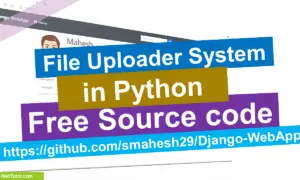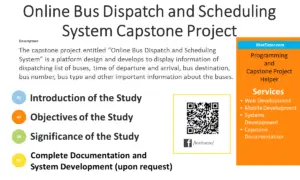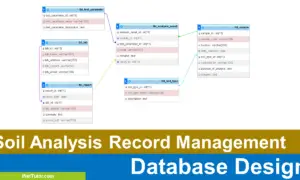Records Management System Chapter 4 Documentation
METHODOLOGY
In this chapter the method used for the system was presented with relevant phases. It shows the requirements needed in developing the system, the system design, software development procedures, the testing processes for the system, and implementation plan and results. This section also contains the Method used in conducting the research which is the Modified Waterfall Model.
System Development Life Cycle (SDLC)
The systems development life cycle (SDLC) is a conceptual model used in project management that describes the stages involved in an information system development project, from an initial feasibility study through maintenance of the completed application.
There are various SDLC methodologies have been developed to guide the processes and the researcher used Modified Waterfall Model for the system development. This is the appropriate approach for the Software Development Life Cycle (SDLC) since it involves validation or verification between the phases where any deviations can be corrected immediately, providing the client satisfaction. It includes Planning, Analysis, Design, Development, Testing and Implementation with feedback at every stage.
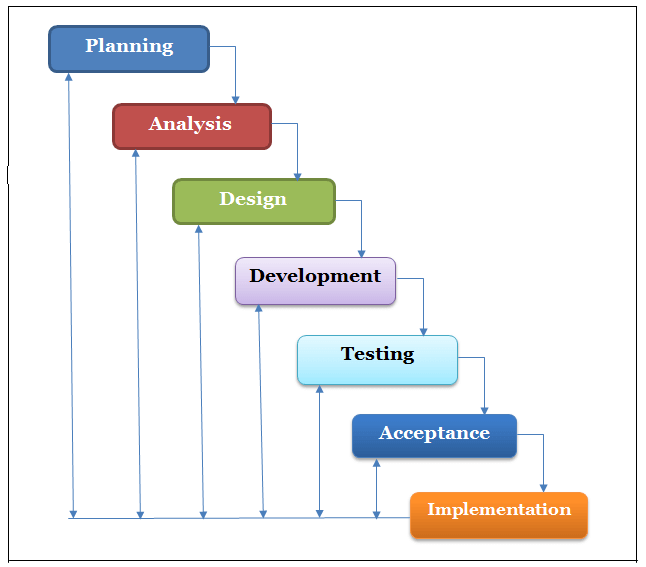
Figure 1.0 Shows the Modified Waterfall Model of the Records Management System
Planning
This phase defines the system to be developed, set the project scope and developed the project plan including tasks, resources and timeframe wherein to begin a successful project.
Planning phase is a way in determining solid plan for developing a system. During this phase, the researchers proposed a system to be developed which is feasible to the organization success. It also determined the scope which clearly defines the high level requirements wherein the full functionalities of the system should be accomplished.
Requirements Analysis
In this phase, the development team did gathering of different business requirements to be used in developing the system by where it includes detailed requests of a set of functions and constraints expected by the client in which the researcher must be able to meet to have a successful outcome system. The requirements that are gathered from the client must be analyzed for their validity and the possibility of incorporating them. They then, reviewed, defined and understand the gathered business requirements and documented it.
The development team visits the client and studies their system requirement. They examine the need for possible software automation in the given software system like the required function, behavior, performance and interfacing to understand what type of program to build.
The development team analyzed the project by providing a requirement which is Data Gathering technique to determine the proposed system feasibility within the area to which the study was conducted.
Data Gathering is a technique that contains survey questionnaires about the functionalities of the developed system made by the researcher and to be evaluated to the client.
Survey Questionnaire is a useful tool for gathering information. The questionnaires were conducted to the respondents of the study.
This would be conducted after the validation or verification where any deviation was corrected immediately as one of the research instrument. The researchers provide a number of copies of survey questionnaires to be given to the respondents. In giving the survey questionnaires the researcher was personally administered to the office and after 1 week the researchers collected the questionnaires.
After feasibility study, the development team provides a document that holds the different specific recommendations for the candidate system which consists of personnel assignments and the system functionalities.
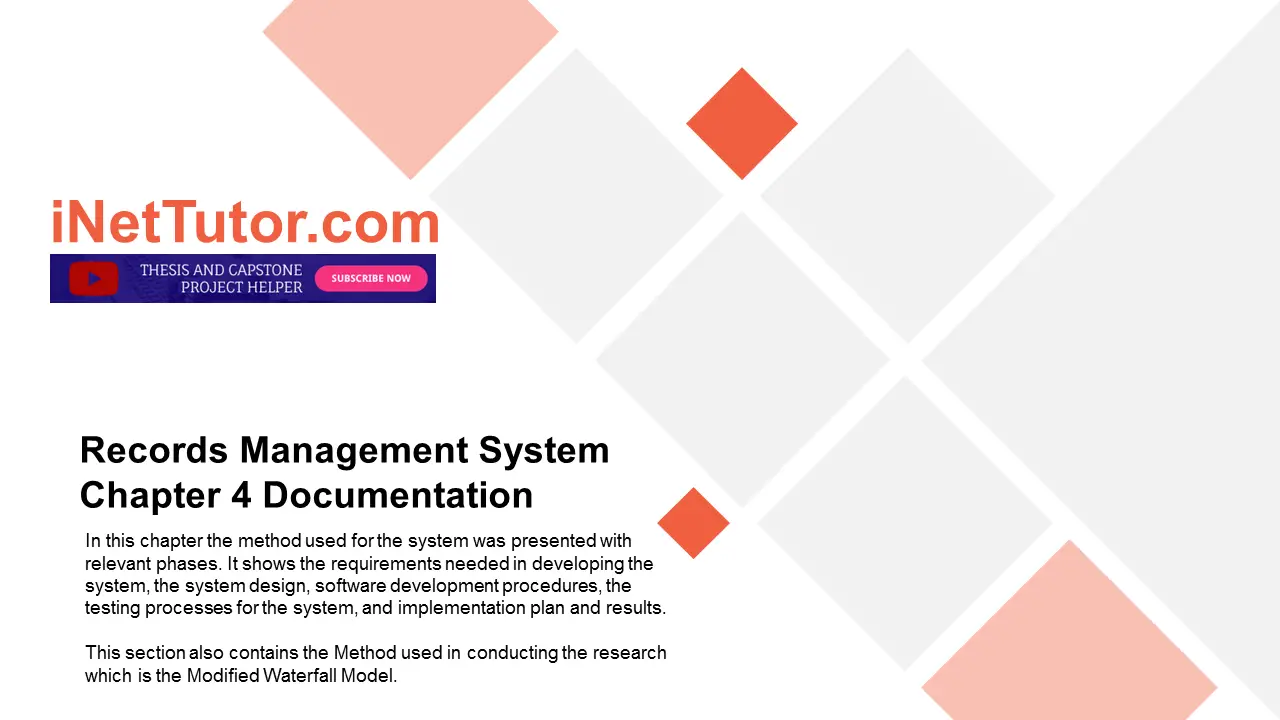
Requirements Documentation
These are the gathered business requirements from the clients that were reviewed, defined, understand and documented by the researchers:
- A system that will lessen the use of paper in recording.
- The system must be easy to use and can easily searched records.
- The system can easily add, update and print records.
- The system will provide secure data and information storage of all the record transactions to help the client operate more efficiently and retrieve records easily when needed.
Software Requirements
The following are the software use for the development and implementation of the system:
Microsoft Visual Studio 2010
Is an integrated development environment (IDE) from Microsoft. It is used to develop console and graphical user interface applications along with Windows Forms or WPF applications, web sites, web applications, web services, and also Windows Store apps in both native codes together with managed code for all platforms. Specifically the researchers used C#.net.
SAP Crystal Reports
Is a business intelligence application, currently marketed to small businesses by SAP AG. It is used to design and generate reports from a wide range of data sources.
Microsoft SQL Server 2008
It is a relational database management system developed by Microsoft. As a database, it is a software product whose primary function is to store and retrieve data as requested by other software applications, be it those on the same computer or those running on another computer across a network (including the Internet).
Peopleware Requirements
The system is design to the need of the records section of the company which provides accurate information and monitoring of the received books, beneficiaries, and other related data.
The system is intended to the person who are managing and monitoring the records of the company.
Initial Testing
During the initial (experts) testing of the system, the researchers used Mc Calls Software Quality Model to evaluate if the system has its function. It can be stated as the process of verifying that the units of code function correctly when integrated.
The Records Management System were rated by the IT Experts using a System Evaluation Criteria given from the researchers. It was rated in terms of the following criteria: AUDIBILITY, ACCURACY, COMMUNICATION COMMONALITY, COMPLETENESS, CONSISTENCY, CONTROLLABILITY, OBSERVABILITY, DATA COMMONALITY, DECOMPOSABILITY, ERROR TOLERANCE, EXECUTION, EFFICIENCY, EXPANDABILITY, GENERALITY, HARDWARE INDEPENDENCE, INSTRUMENT, OPERABILITY, SECURITY, SELF-DOCUMENTATION, SIMPLICITY, SOFTEWARE SYSTEM INDEPENDENCE, TRACEABILITY, and TRAINING.
The rating scale were used to measured used by the researcher was the scale from 1-5, where 5(very good), 4(good), 3(average), 2(fair) and 1(poor). And it would be rated by 3 IT Experts.
Final Testing
During the final (user acceptance) testing of the system, the researchers used the user acceptance questionnaire to evaluate if the system satisfies the business requirements. It can be stated as the process of validating and verifying that a system meets the requirements that guided its design and development, works as expected, and satisfies the needs of client.
The system were evaluated by the end-users using a User Acceptance Testing Questionnaires given by the researchers. It was rated in terms of the following criteria: INFORMATION IN THE PROGRAM, USER INTERACTION and TECHNICAL ASPECTS OF THE SOFTWARE AND MATERIALS.
The rating measured used by the researcher was the scale from 1-5, where 5(Excellent), 4(Very Good), 3(Good),2(Fair) and 1(Poor).
Credits to the researchers and developers of the project
You may visit our facebook page for more information, inquiries and comments.
Hire our team to do the project.
